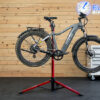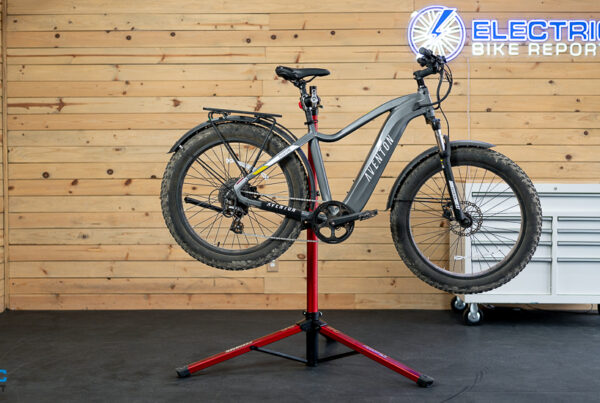Some links may be affiliate links. We may get paid if you buy something or take an action after clicking one of these.


Photo courtesy FDNY
It’s hard to give the public an accurate perception of an issue if the reporting is inaccurate. Take, for instance, this latest piece on e-bike fires from the otherwise-respectable Men’s Journal which claims that e-bike fires are a leading cause of death in New York City. The piece is wrong not once, but twice.
First, the piece is incorrect that e-bike fires are a leading cause of death in New York. There were exactly 17 deaths attributable to lithium-ion battery fires in 2023. Just what those lithium-ion batteries powered is a point we will return to in a moment.
In a city of 8.468 million residents, those 17 deaths – while significant and tragic – are dwarfed by the 380 murders committed in the city in 2023. But within the state of New York, murder doesn’t even make the list of the top 10 causes of death in the state. The top three causes are heart disease, cancer and Covid-19.
It’s fair to observe that New York City is ground zero for lithium-ion battery fires, but as threats go, New Yorkers are five times more likely to die as subway riders than they are in an e-bike fire.
Now, to return to the causes of those lithium-ion battery fires. It seems any time an e-mobility device suffers a lithium-ion battery fire—particularly if that device has two wheels, whether or not it has pedals—it gets labeled an e-bike fire. As we showed in our in-depth reporting on lithium-ion battery fires last fallnot a single death in New York City in 2023 could be attributed to an e-bike. They were all caused by e-scooters, e-mopeds and the like. None of the fires began with an actual e-bike.
That we actually need to define an e-bike has having two wheels, pedals, a handlebar and seat — and everything that doesn’t have pedals isn’t an e-bike — is one of those forehead-slapping events. The sort of inaccurate reporting on the part of Men’s Journal is the cause of some of the confusion in the market about just what devices are dangerous.
We’re dedicated to reporting on quality products made by manufacturers that produce cost-effective e-bikes made to high standards. Indeed, most of the manufacturers we review have either already secured UL certification for their e-bike systems or batteries, or they are in the process of securing that certification.
By misrepresenting the facts, inaccurate reporting can harm such undeserving brands despite their best (and indeed, appropriate and responsible) efforts to manufacture safe products.
Sponsors
Reader Interactions
![]()
![]()
.
.
.
#EBike #FiresEven #Media #Wrong #Electric #Bike #Report
Source link







